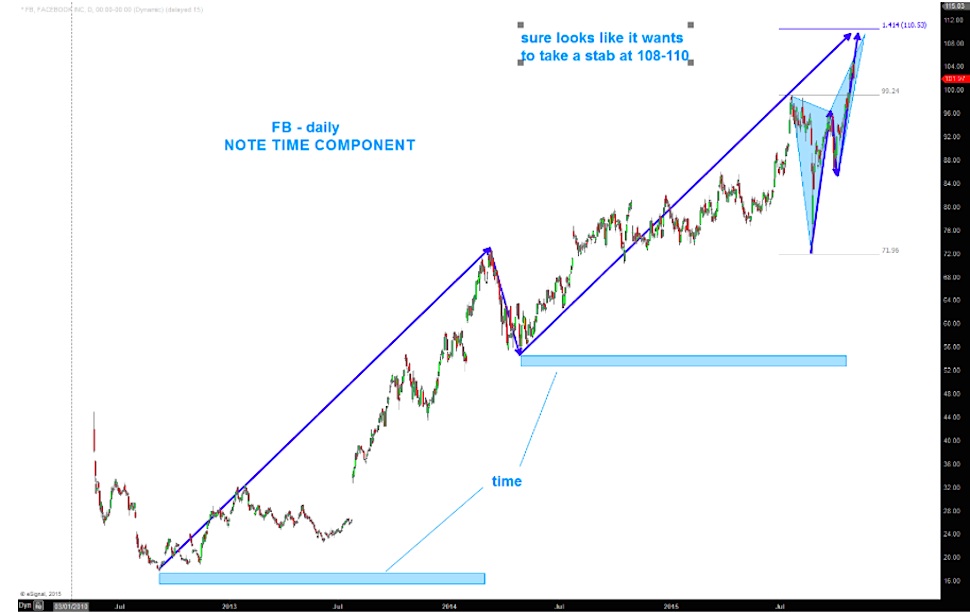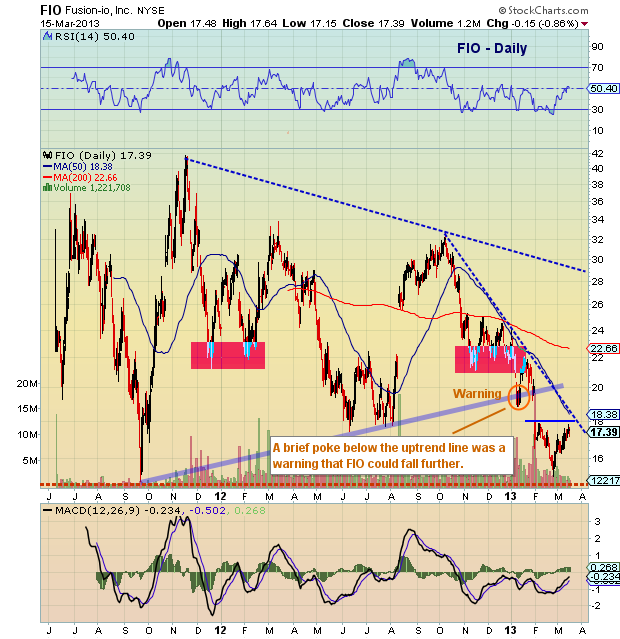

EMA(t-1) represents the value computed from the past t-1 points. Where Pt is the price at time t and k is the weight given to that data point. With this, we can look at more data points in the past and still not diminish the more recent trends in fluctuations. However, based on context, a large n can also destabilize the model as the more granular fluctuations are smoothened off – looking at prices from the past 300 days would be sub-optimal.Īnother moving average is the exponential moving average (EMA), giving more weight to the more recent samples. Obviously, 50 days’ worth of data will have more information about the trends of the stock and would lead to better predictions. For example, n=2 means that we take the average of the stock price of the past two days, while n=50 would consider 50 days' worth of stock prices. Higher n would mean that we are willing to go deeper into the past to compute the present value. The precision of the model will vary significantly with the choice of n.

Where P1 to Pn are n immediate data points that occur before the present, so to predict the present data point, we take the SMA of the size n (meaning that we see up to n data points in the past). A simple moving average computes the mean of the past N data points and takes this value as the predicted N+1 value. To begin with, we can use moving averages (or MA) to understand how the amount of history (or the number of past data points) considered affects the model's performance.

Io stock price target series#
The machine learning model assigns weights to each market feature and determines how much history the model should look at for stock market prediction using machine learning project to work out.Įvolution of Machine Learning Applications in Finance : From Theory to Practice Stock Price Prediction using Moving Average Time Series The idea is to weigh out the importance of recent and older data and determine which parameters affect the “current” or “next” day prices the most. Machine learning models such as Recurrent Neural Networks (RNNs) or LSTMs are popular models applied to predicting time series data such as weather forecasting, election results, house prices, and, of course, stock prices. Treating stock data as time-series, one can use past stock prices (and other parameters) to predict the stock prices for the next day or week. With multiple factors involved in predicting stock prices, it is challenging to predict stock prices with high accuracy, and this is where machine learning plays a vital role. Stock Price Prediction using machine learning is the process of predicting the future value of a stock traded on a stock exchange for reaping profits. Stock Price Prediction using Machine Learning How can machine learning techniques predict the stock market?.Which machine learning algorithm is best for stock price prediction?.

Exponential Moving Average for Stock Price Prediction Train and Test Sets for Stock Price Prediction.Evaluating Prediction Performance for Stock Price Prediction.Understanding Long Short Term Memory Network for Stock Price Prediction.Stock Price Prediction using Moving Average Time Series.Stock Price Prediction using Machine Learning.Moreover, it is nearly impossible to anticipate a piece of news that will shatter or boost the stock market in the coming weeks – a pandemic or a war. This makes stock price prediction using machine learning project challenging and unreliable to a certain extent. Only a few of the latter can be incorporated effectively into a mathematical model. Of course, fundamental factors such as a company’s intrinsic value, assets, quarterly performance, recent investments, and strategies all affect the traders’ trust in the company and thus the price of its stock. However, as expected, market change depends on many parameters of which only a bunch can be quantified, such as historical stock data, the volume of trade, current prices. For several decades researchers have toyed with time-series data to predict future values – of which the most challenging and potentially lucrative application is predicting the values of stocks for a given company. His passion for technology and knack for clear communication enables him to simplify complex topics forĪs any one of us could guess, the market is unstable and, more than often, unpredictable. A computer science graduate with over four years of writing experience in various fields.


 0 kommentar(er)
0 kommentar(er)
